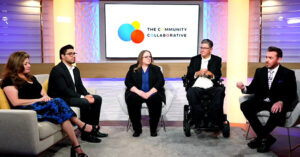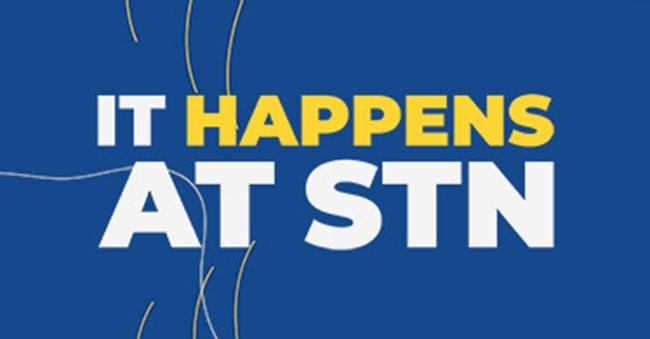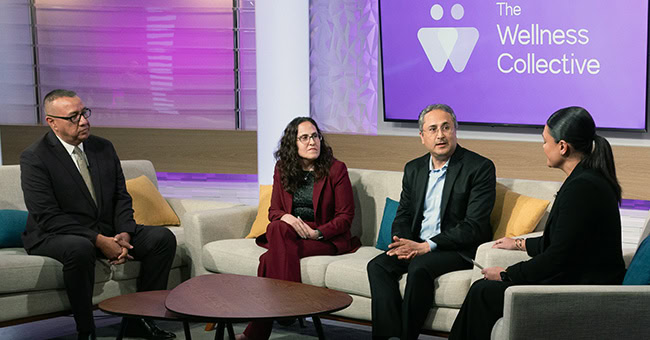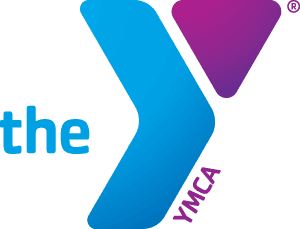PHOENIX, Ariz. (STN) – When Scott Vanderpool was asked what creating an equitable economy looks like in his eyes, his answer was simple and obvious, at least at first.
“You have to create opportunity for everybody in every corner of Arizona,” he said.
Then, the President of Bank of America Phoenix continued.
“Unfortunately, for a lot of us who think in one dimension, we want that to be linear. We want it to be easy. It’s not easy. You have to create opportunities based on where the need is. Opportunities based on where the obstacles lie.”
The need is in under-represented and minority communities. The obstacle is an uneven playing field.
Vanderpool’s comments came during a panel focused on creating a more equitable economy during the March episode of It Happens at STN. He was joined on the stage by Kaaren Lyn-Graves from the Arizona Hispanic Chamber, Christina Mercado-Gonzalez from NABEDC, and President and CEO of the Greater Phoenix Economic Council (GPEC) Chris Camacho.
“We’re one of the top job growth markets in the United States,” Camacho said. “We have tremendous levels of GDP growth. We’re a hot market right now. At the same time, you have to balance that with what’s happening on the other side of the equation. Are we pulling enough people through our system?”
Camacho said there have been some recent success stories in leveling the playing field, but he insists community leaders must continue focusing on advancement for all Arizonans.
Watch the panel discussion about creating an equitable economy here:
“We’re just getting started,” he said. “I think there’s a plethora of new programming coming online. We should be excited about how we’re closing that income gap and creating opportunities for many of our citizens that did not exist before.”
From her position at the Arizona Hispanic Chamber of Commerce, Lyn-Graves says the Capital Readiness program they offer is helping put Arizona on the map by providing support for businesses that includes access to capital contracts, bonding, procurement, and a variety of other services.
According to Lyn-Graves, those programs have backed businesses that generated $143 million in revenue, but it cannot happen without help.
“We can’t do it alone,” Lyn-Graves said. “It takes all of these different partners, all these different relationships to grow these businesses.”
While partnerships between lenders and nonprofits can make capital available for businesses, Christina Mercado-Gonzalez insists that is only part of the equation. Those businesses that need capital have to be ready to receive it and know where to look for it.
“The other thing is [not] assuming that our small businesses know where to start,” she said.
“I think it is so critical that they know to come to the Arizona Hispanic Chamber, the NABEDC Project, the Capital Readiness Project, the Black Chamber of Commerce, to all of these wonderful organizations, and that there are people out there like us to help connect them to the right resources. That’s why we’re here.”
For more information on the Arizona Hispanic Chamber’s Capital Readiness program, click here.
































